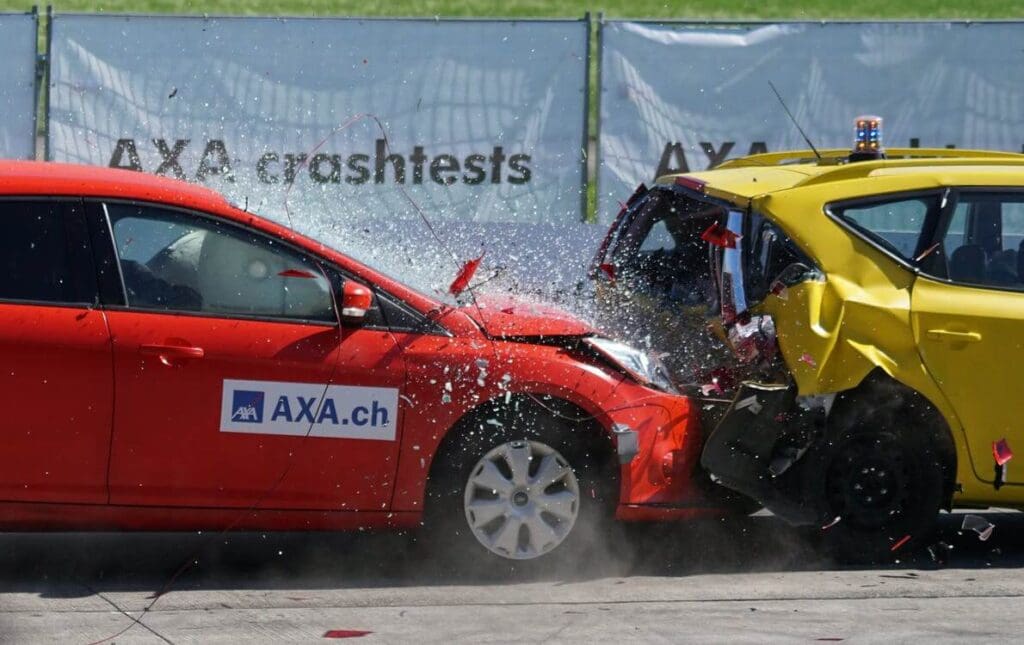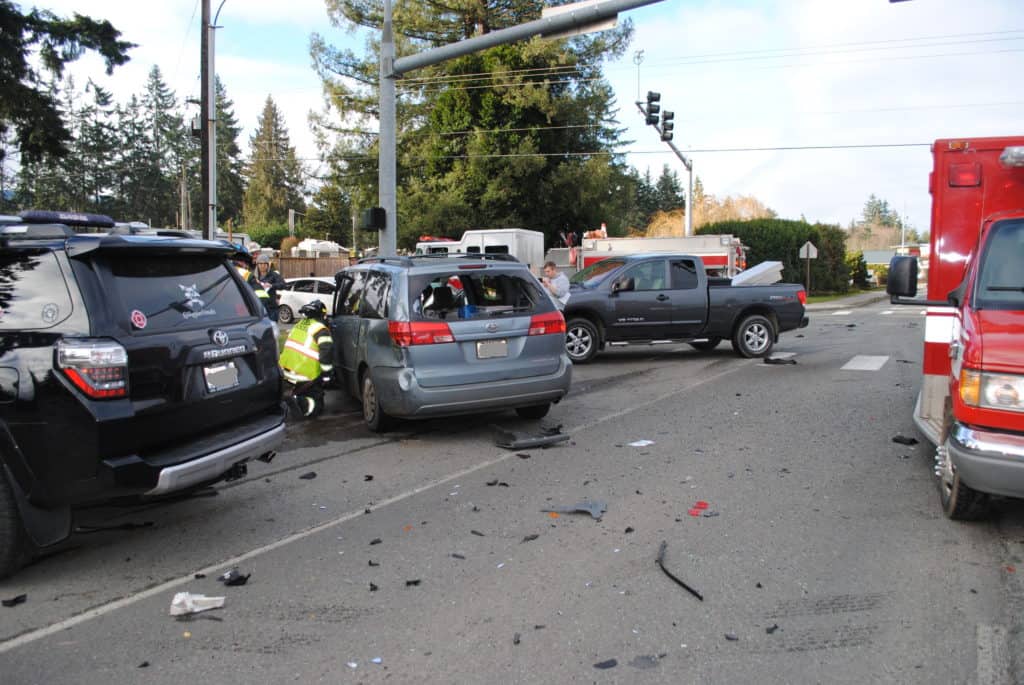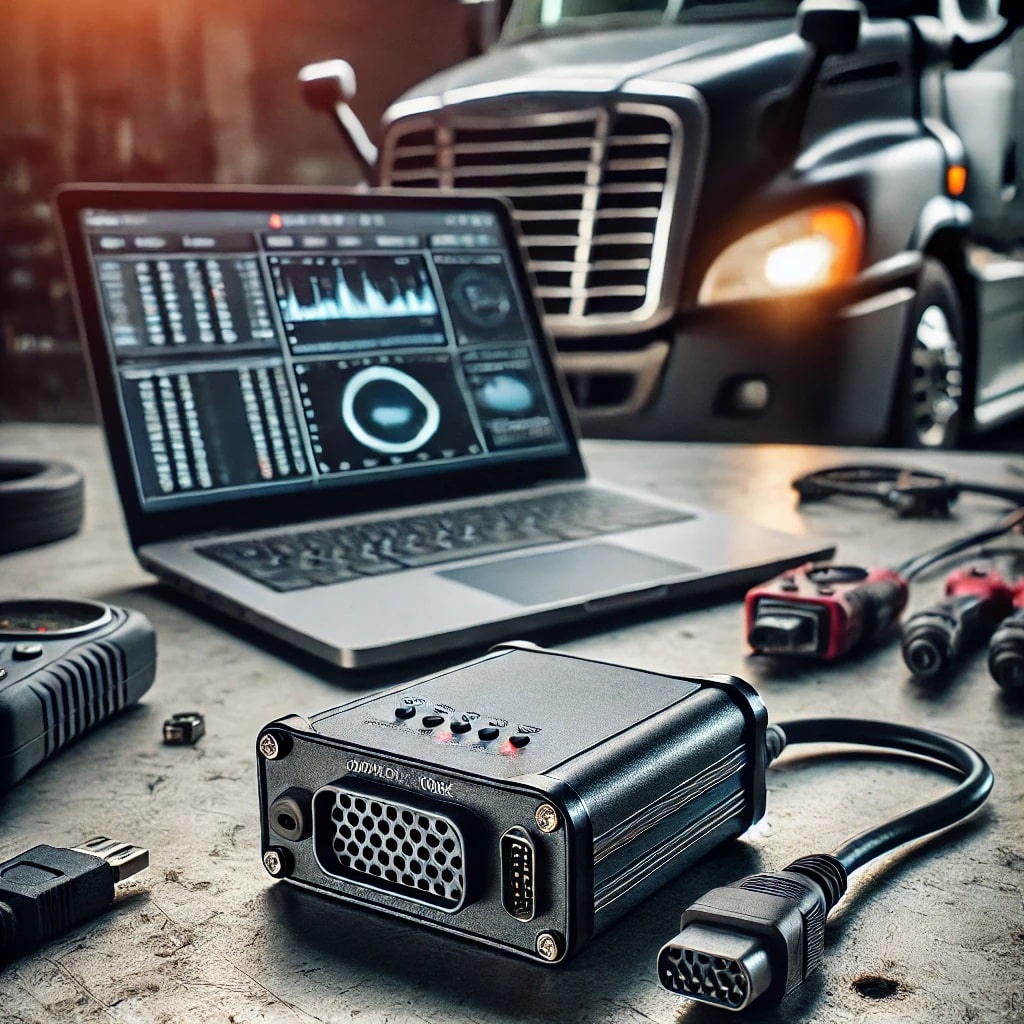Broadside collisions, also known as T-bone crashes, make up as much as 30% of all car accidents in some areas.
This type of accident can be catastrophic, especially if it occurs at high speeds or involves several vehicles. Plus, since this type of collision always occurs at an awkward angle, it’s very difficult for victims to brace and mitigate some of the impact.
At Coluccio Law, we’ve helped countless T-bone crash victims seek and receive the compensation they deserve. We fully understand all of the factors and variables that play a role in this type of accident, so our legal team has the experience and know-how to deliver the resources needed to make a full recovery.

Broadside Collisions: Getting the Legal Help You Need
Our legal experts follow a tested approach that helps them hold the right party or parties accountable for your injuries. Here’s a breakdown of our process.
Analyze Your Case
The first thing we do is review your case and analyze the context of your accident. This will help us understand the path we need to take to identify the root cause of the accident.
For instance, if the collision occurred at night or in an area where drivers are expected to drive slowly, it can influence how we approach the investigation stage.
Investigate and Follow Up on the Accident
Next, we take the time to investigate the accident from scratch. This can involve many steps, including visiting the collision site, reviewing statements from all witnesses, and performing interviews with all the involved parties.
Not only this, we also follow up with witnesses so that they are aware of the ongoing legal process and remain available throughout the process.
Reviewing Laws and Evidence
Next, our team will take the time to access local laws and regulations involving this type of accident. Again, the context here is important – the laws that affect driver behavior in parking lots are different from the rules and regulations that must be followed in freeways and similar settings.
Once we have a full understanding of the laws that influence the outcome of your case, we move on to the next step.
Determining the Liable Party and Fair Compensation
The last step in our process is also the most important: we look to determine who is liable for the accident based on the evidence. At the same time, we also look at your injuries and other damages in order to figure out what a fair compensation will look like in this case.
We go the extra mile and turn over every single stone to make sure that the accountable party is held responsible for your losses. At the same time, our objective is to provide you with all of the resources, both financial and medical, to help you bounce back and recover as much as you can from the accident.
What Are Broadside Car Accidents?
A broadside collision is where the side of one vehicle is impacted by the front or rear of another vehicle, forming a “T”. This is why a broadside collision is also referred to as a “T-bone” collision.
When you hear about a car crash happening, you don’t usually imagine a T-bone collision. But, not only are these accidents relatively common, but they can also result in significant property damage as well as severe injuries to both the passenger and the driver.
While the front and rear of most vehicles are equipped with a few different features that absorb the potential impact of a collision, the same cannot be said for the sides of a car.
This is one of the reasons that these accidents can present a bigger risk, especially when combined with the fact that the driver and passenger have to brace in an uncomfortable position – that is, if they get the chance of course.
Common Injuries Suffered By Broadside Accident Victims
Let’s go over some of the injuries you may suffer during a broadside crash.
- Spinal cord injuries including whiplash, herniated disks, and paralysis in severe cases
- Head and brain injuries, including skull fractures, concussions, and traumatic brain injuries
- Chest injuries and bone fractures like broken ribs, internal bleeding, and fractured limbs
Where Do Broadside Collisions Commonly Occur?
Broadside collisions occur much less often than other types of crashes. That said, there are some scenarios and circumstances that increase the odds of this type of crash.
Let’s take a closer look.
Intersections
Intersections are commonly referred to as planned points of conflict where vehicle drivers, cyclists and pedestrians interact. When those meeting at intersections obey the laws of the road, collisions don’t occur, however, if the laws are not obeyed, serious accidents and injuries often occur.
When behind the wheel of a car, we obviously can only control the operation of our own car, but there are skills that can be used to avoid being involved in a broadside collision.
These skills include paying attention to the other cars approaching an intersection, watching for drivers that appear to be speeding towards the intersection which you intend to enter and staying alert to all the circumstances of the roadway as best as you are able to do so. No matter how much care is undertaken it is difficult to predict how an approaching car is going to respond to a traffic signal or traffic device.
In addition to collisions occurring at intersections with traffic control devices, many happen at “uncontrolled” intersections, meaning those intersections that lack traffic lights and signals.
Statistically, twenty-five (25) percent of all fatal car accidents and nearly fifty (50) percent of all traffic accidents occur at intersections. Intersections have vehicles coming from different directions, which in and of itself creates potential hazards and dangers. They represent potentially dangerous points where cars can speed into each other and exert great force.
Parking Lots
Broadside collisions do not only occur at intersections, as they can occur in parking lots and on neighborhood streets. Also, they do not only involve cars, but can involve a cyclist or a pedestrian.
What we see at Coluccio Law when handling broadside collision claims are victims who have suffered serious injuries, including broken bones, pelvic fractures, spinal cord injuries, organ damage, and neck and brain injuries. The forces involved in these collisions are almost always significant.
If you are involved in a broadside collision, you may be entitled to recover your medical expenses, both past and future, your wage loss, both past and future, loss of enjoyment of life and permanent disabilities and limitations. You should reach out to an experienced attorney to consult with regarding your rights and claim.
High-Speed Areas with Merging and Turning Points
Crashes at intersections and parking lots can sometimes occur at low speeds. However, the most disastrous type of broadside collision occurs in high-speed situations that involve merging and turning points in expressways, freeways, and interstate roads.
In these scenarios, vehicles are often driving above 60 miles per hour but still need to do maneuvers like turning sharply or slowing down in specific areas when exiting these roads. This increases the chances of T-bone accidents, and when they occur in this setting they tend to be more disastrous than in other situations.
Why Do Broadside Accidents Happen?
T-bone car crashes often take place in similar circumstances, but why do these accidents take place? Let’s look at some common root causes for broadside car accidents.
The Driver
Broadside Collisions are frequently caused by a failure to yield the right of way. These types of collisions usually occur at an intersection because a driver fails to obey traffic signals or traffic devices.
Broadside collisions occur because a driver is distracted, drowsy, speeding, or not properly paying attention to the roadway and traffic devices that they are approaching. Reaction time is an important factor in broadside collisions.
The most common examples are running a red light or a stop sign. Another common cause of a broadside collision is a driver negligently making a left-hand turn in front of an approaching car. Data shows that left-hand turns account for fifty-three (53) percent of all crossing-path accidents, which are broadside collisions.
Poor Visibility
Poor visibility plays a significant role in broadside collisions, particularly during nighttime or adverse weather conditions. When drivers have difficulty seeing other vehicles, traffic signs, or road markings, their ability to make safe decisions is severely compromised.
Factors such as heavy rain, dense fog, or glaring sunlight can obscure a driver’s view, increasing the likelihood of running red lights, missing stop signs, or failing to notice an approaching vehicle.
Roads that Aren’t Properly Maintained
Poorly maintained roads are another common factor contributing to broadside collisions. Potholes, faded lane markings, malfunctioning traffic signals, and obstructed stop signs can create hazardous conditions for drivers.
When roadways are not properly maintained, they increase the chances of misjudging traffic patterns, failing to yield, or losing control of the vehicle.
For example, a malfunctioning traffic light at a busy intersection can lead to confusion among drivers, resulting in dangerous side-impact crashes. Similarly, large potholes or uneven surfaces can cause vehicles to veer unexpectedly, potentially leading to a collision. These are good examples of how local authorities and administrative entities can be held accountable for an accident.
Contact Coluccio Law and Book a Free Consultation Today
Broadside accidents can cause severe personal injuries, especially if they occur at high speeds or involve more than two vehicles. While it’s true that passengers are at much higher risk than in other types of accidents, it’s important to note that drivers and all other individuals involved are at great risk, including pedestrians.
If you or a loved one has been involved in a broadside or T-bone collision, even if you were just a bystander getting injured, you’ve probably suffered severe injuries. At Coluccio Law, our goal is to help you find the responsible party and ensure that you have the resources needed to focus on making a full recovery.
Our team of legal experts has extensive experience handling broadside collisions involving cars, heavy machinery, and commercial vehicles alike. Contact us today to book a free consultation and we’ll start building a winning case while you focus on tending to your injuries.
Services We Offer:
- Car Crashes
- Bicycle Crashes
- Burn Injuries
- Brain Injury Law
- Motorcycle Crashes
- Spinal Cord Injuries
- Pedestrian Injuries
- Train Crash & Maritime Injuries
- Truck Crash Law
- Wrongful Death




